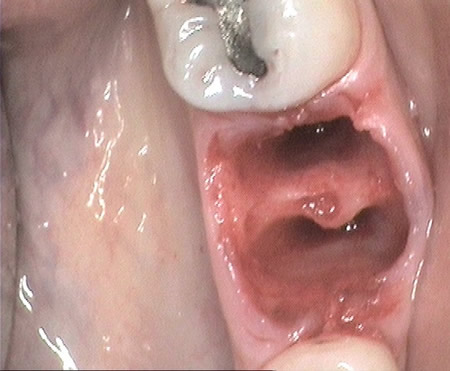So, for whatever reason, you got your tooth pulled out. It could be an infected tooth that is far from getting treated, a wisdom tooth that had to be pulled out as it was causing issues to the adjacent teeth, or one of the many other reasons. Does the issue end there once your tooth is pulled out? We call it “extraction” when your tooth is pulled out, so you’ll see that word a lot of times in the guide given below where we teach what to do after a tooth is pulled out.
Extracting a tooth doesn’t end the problem there, but can lead to several other problems if proper care and precautions are not taken after the tooth extraction. The socket is filled with blood which starts clotting in some time, and the patient has to take care that the clot doesn’t disintegrate or get dislodged. Following are the basic instructions that a Dentist should give to the patient after extracting the tooth, and not following these can lead to a few complications.
Anesthesia and its effect:
The anesthetic given to the patient will have its effect on the tooth for at least 30 minutes to 4 hours after it has been administered, so the patient should be informed that until that time, they should not chew anything hard and should avoid hot liquids. This will prevent the accidental burning or biting of the tissues like tongue, lips, and cheek tissues.
Gauze Pack or Cotton:
After the tooth is extracted, a cotton or gauze pack is placed in the socket. The patient should maintain firm biting pressure on it for at least 45 minutes after the tooth extraction for proper blood clot formation. Do not spit for at least 2 hours after the extraction, as spitting may dislodge the clot from the socket and prevent the healing.
Bleeding:
It is usual for the extraction site to bleed slightly or ooze out of blood for the next 12 hours, so the patient should not panic. If at all it doesn’t get lesser after a day, visit the Dentist to get it checked for the complication.
Ice Pack:
If the tooth is surgically removed, involving the muscles and bony area, then Ice Pack should be applied for the first 2-8 hours after the surgery. This will reduce all the discomfort and swelling that is caused due to the Inflammatory reaction produced due to surgery.
Diet:
For the first 24 hours after the extraction, a soft and cold diet has to be maintained, and the patient should not have anything hot or hard that may damage the clot and the extraction socket. It is advisable to have plenty of liquids for the first 2 days after the tooth extraction, but it has to be taken directly without using a Straw, as sucking the fluids with a straw can dislodge the blood clot from the socket.
Oral Hygiene:
Proper Oral hygiene should be maintained and the usual cleaning of the mouth should be done a few hours after the extraction. However, keep in mind that brushing the extraction site should not be done.
Recall Visit:
It is necessary for every patient to get the socket and healing checked by the Dentist, 72 hours after the extraction.
Note:
- DO NOT smoke for the first 48 hours after the tooth is extracted, or it may lead to a Dry Socket and other possible complications.
- DO NOT rinse or swish your mouth for the first 24 hours after the tooth is extracted or after any surgical procedure.
Possible Complications after Tooth Extraction
The most common complications that are seen after the tooth is extracted, include Fever, Swelling, Persistent Bleeding, and Dry Socket.
If the temperature doesn’t subside within 24 hours after the tooth extraction, that should be reported to the Dentist. Dry Socket is a severe complication that occurs when the Blood clot is disintegrated, and it can lead to severe pain and a foul smell in the area of extraction, and it has to be properly checked by the patient for any symptoms. If there are any symptoms of the Dry Socket, the patient should consult the Dentist.
These are the post-extraction instructions to be followed by the Dentist.

Leave a Reply